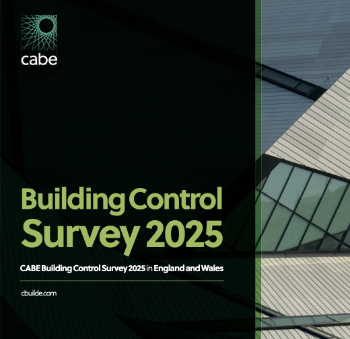Air pressure and buildings
Air tightness refers to the continuity of a buildings fabric and its ability to retain air (and heat), it is measured in terms of an air leakage rate through the building's envelope. Air pressure might be described as the force exerted by air on any surface in contact, in a unconfined, confined or compressed space. Air tightness is measured with reference to a certain air pressure, normally given as 50 pascals, in a building this is approximately the pressure exerted on a fabric if a 20 mile an hour wind is blowing on all of its side sides at the same time.
at a given reference pressure (usually 50 pascal) divided by the: Heated building volume V. At 50·Pa, it is called the air change rate at 50 Pa and usually noted n50(units: h−1).
, air pressure and air flow in buildings are all related but also. .. of air or any other fluid is caused by a pressure differential between two points.
Flow will originate from an area of high energy, or pressure, and proceed to area(s) of lower energy or pressure.
Featured articles and news
Designing Buildings reaches 20,000 articles
We take a look back at some of the stranger contributions.
Lessons learned from other industries.
The Buildings of the Malting Industry. Book review.
Conserving places with climate resilience in mind.
Combating burnout.
The 5 elements of seiri, seiton, seiso, seiketsu and shitsuke.
Shading for housing, a design guide
A look back at embedding a new culture of shading.
The Architectural Technology Awards
The AT Awards 2025 are open for entries!
ECA Blueprint for Electrification
The 'mosaic of interconnected challenges' and how to deliver the UK’s Transition to Clean Power.
Grenfell Tower Principal Contractor Award notice
Tower repair and maintenance contractor announced as demolition contractor.
Passivhaus social homes benefit from heat pump service
Sixteen new homes designed and built to achieve Passivhaus constructed in Dumfries & Galloway.
CABE Publishes Results of 2025 Building Control Survey
Concern over lack of understanding of how roles have changed since the introduction of the BSA 2022.
British Architectural Sculpture 1851-1951
A rich heritage of decorative and figurative sculpture. Book review.
A programme to tackle the lack of diversity.




















